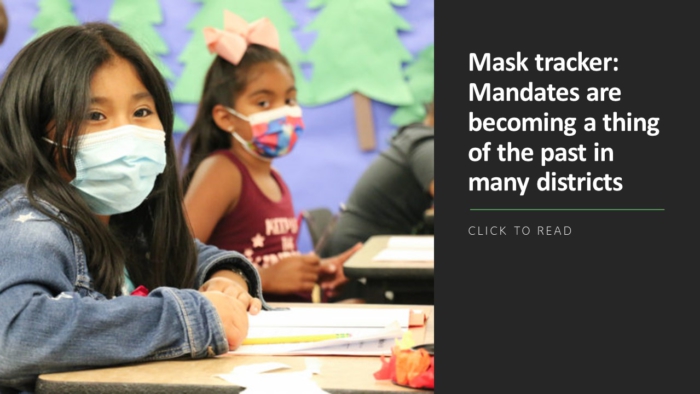
Schools have until 2024 to spend some $190 billion in federal aid to address the lingering effects of the pandemic. Nationwide, over a third of districts plan to spend these new education funds on tutoring. Other schools are using the money to create new programs, meet staffing needs, and upgrade infrastructure, including technology.
The priorities reflect districts’ most pressing needs. But with so much on the line for students and educators, this is no time to experiment. That’s why we are partnering with tutoring programs that are proven to be effective. Our tutors relieve overworked teachers, bridge student learning gaps, and help us leverage resources better. We believe this investment will yield positive outcomes for years to come.
Let me explain. In 2000, my school district, Steubenville City Schools, received a grant from Ohio Reads. For years, we used the funds to adopt interventions that reflected the latest trends. When none of them worked, we tried something new and partnered with Success for All, a comprehensive school reform program that includes proven tutoring and literacy programs.
Twenty-one years later, I remain impressed by how our students have grown thanks to this partnership and the focused instructional support they receive from the tutoring component. Most of our students are reading two to three years above grade level. The Education Trust also found that more than 93% of Steubenville students graduate high school, compared to about 83% across Ohio. Our students also are more independent and confident learners, often asking teachers, “can I move up in my reading group?” or, “when can I read to you again?.”
Fortunately, this tutoring component is now part of a much larger effort called ProvenTutoring, which is a new coalition of research-based tutoring providers established by the late Bob Slavin and Nancy Madden of Johns Hopkins University. Proven Tutoring brings together 15 research-proven, replicable and scalable programs that help schools train tutors and expand programs, primarily in literacy and math, at all grade levels.
We believe the success is easy to replicate and will help districts meet the needs of all students. High-dosage tutoring – three or more tutoring sessions per week of 30- to 60-minutes each – has proven to accelerate learning. This past February, the EdResearch for Recovery Project reported that almost 200 rigorous studies found that high-dosage tutoring is one of the few school-based interventions with demonstrated large positive effects on both math and reading achievement.
Developing effective tutoring programs take committed experts, capacity, and time – resources that not every school has. One thing school districts do have now is the money to partner with existing research-based tutoring programs whose experts can join your school team and help students reach grade level and beyond. ESSER and GREER funds can be used for evidence-based tutoring programs, but only if they meet certain criteria for effectiveness – all of which Proven Tutoring programs meet.
COVID learning loss has not impacted all children equally. New research consistently finds evidence that the pandemic and initial school closures have increased inequality in educational outcomes across race and socioeconomic status. What does this mean for recovery? Wealthier families have the means to provide private tutors for their children. But students from low-income families often don’t have that luxury.
We can’t rely on half-baked solutions to close opportunity and learning gaps, nor can we let federal aid money languish while our students struggle. It may seem cost-effective to create your own tutoring program that has potential to work for students, but after these past 20 months, it is necessary to invest in solutions that are proven to accelerate student achievement.
I urge fellow school and district leaders to partner with a program that is known, researched, and successful. You can find these programs within the ProvenTutoring coalition. Not only is it worth the cost, but it’s an intervention that will pay off. Simply put, we cannot place a price tag on student success, and we can’t afford to lose any more time experimenting with our children’s education.
Melinda Young is in her 8th year as Superintendent of Steubenville City Schools in Ohio. Before assuming her current role, she served as an administrative assistant, building principal and teacher in Steubenville City Schools.
More from DA



